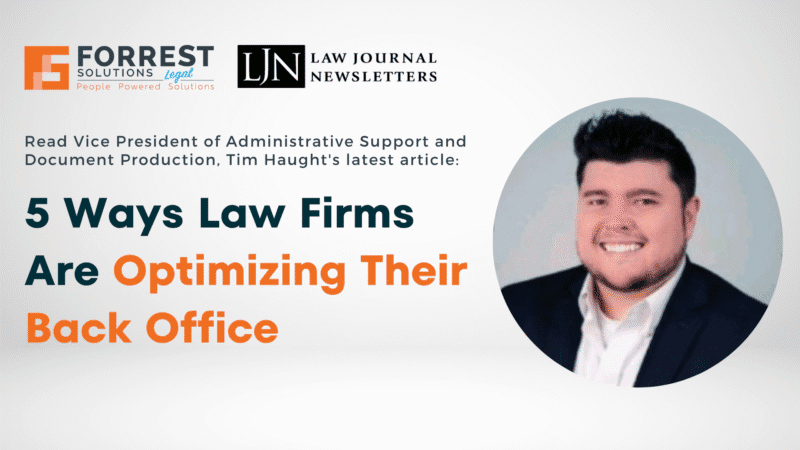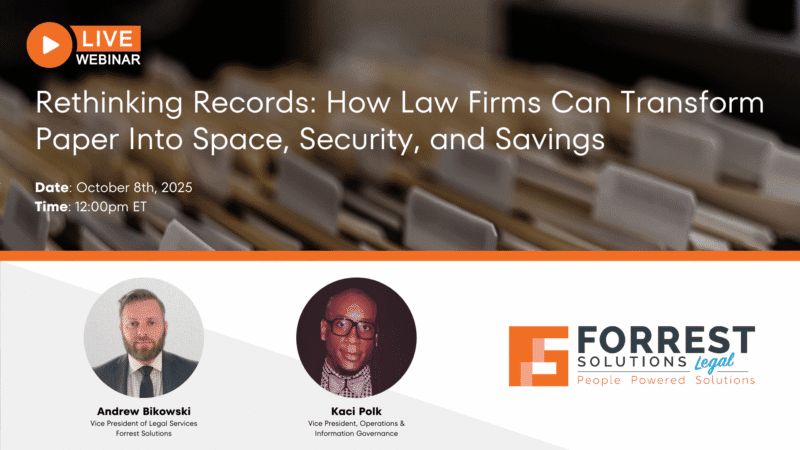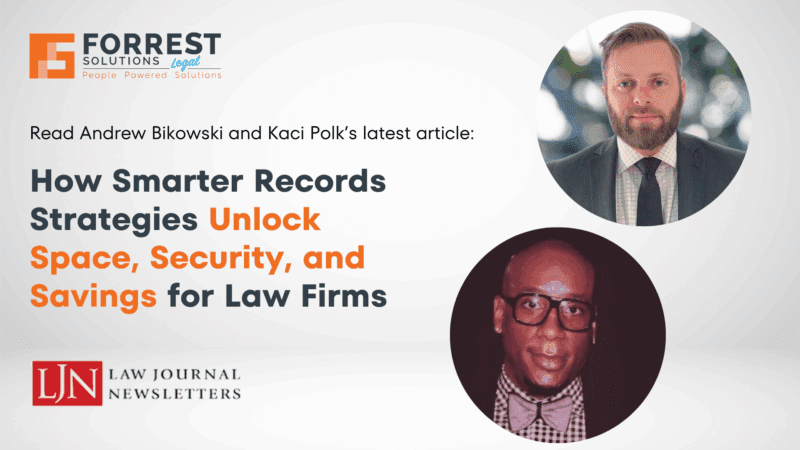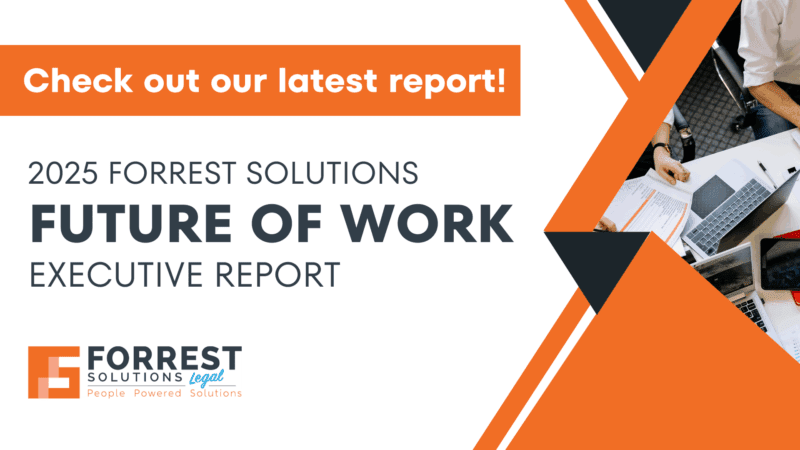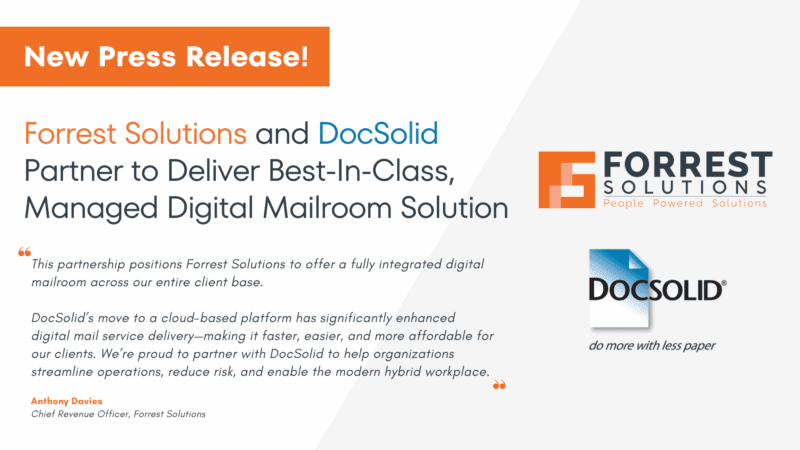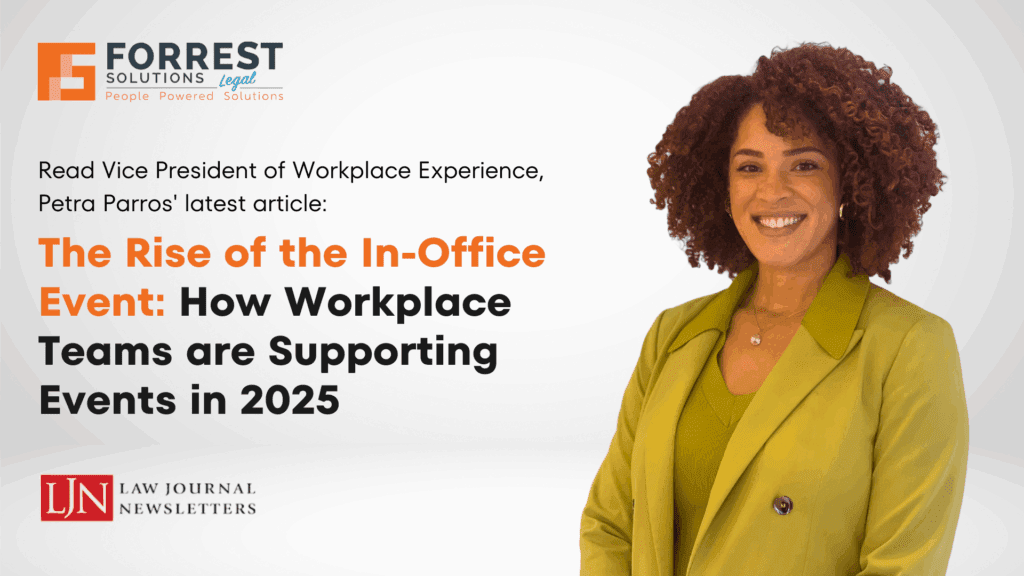
This article was originally published in Law Journal Newsletters
The off-site is out and the on-site is in. As the workplace continue to push engagement through employee engagement events companies are turning inward—quite literally—hosting more events in the workplace than ever. The workplace has become the new off-sites, offering curated, purposeful moments of connection within a company’s own four walls.
This shift isn’t just logistical—it’s deeply strategic. With hybrid work now the standard, many organizations are looking for ways to reinvigorate office space to support the many groups who are looking to host team, employee resource group or company-wide events. Hosting events on-site turns the office from a place of obligation into a destination of choice for ease. It transforms unused space into a platform for culture-building, collaboration, and community.
We used to be in the office every day, so we’d leave it to do something special. Now, we’re rarely there—so when we do come in, the experience has to matter. But how are Workplace teams managing all of the event and space requests from admins, corporate events teams and leadership in 2025?
Event Coordinators and workplace or real estate teams are increasingly partnering to create in-office activations that drive engagement and make office attendance more meaningful. With hybrid work now the standard—adopted by 81% of companies globally according to CBRE’s 2024 Global Workplace & Occupancy Insights—which means there might be two or there high demand days where groups are looking to host onsite events. The challenge comes with managing the space and ensuring spaces are set up and broken down in time for the next event.
From Office Mandates to Meaningful Moments
Regularly scheduled team gatherings, cultural celebrations, appreciation days, speaker series, and experiential activations are redefining what it means to come into the office. These events don’t just bring people together—they make the workplace relevant again.
Corporate events overall are experiencing a record surge. According to Huddle Agency, there’s been a 52% increase in corporate events since 2023, with demand for in-person experiences rising 40.3% year-over-year. At the same time, the global corporate events market is projected to reach $723.4 billion by 2035, growing at a rate 6.9% yearly (Allied Market Research).
Why Event Execution is Getting Harder—And Why That Matters
While in-office events are surging in popularity, they come with operational complexity that many organizations are still learning to navigate. The challenge is collecting the details of the event in time to ensure resources are allocated properly to assist in the execution of the event. This could be facilities to set up, F&B teams to prepare dining options, or reception teams to ensure guests are properly registered.
Events that fall flat—whether due to logistical hiccups, uninspired content, or lack of engagement—can erode employee trust and diminish enthusiasm for returning to the office. Missteps also create skepticism among leadership teams about the ROI of in-office initiatives. The result? High stakes and even higher pressure for the teams responsible for delivering these experiences.
Some of the most common challenges include:
- Vendor Coordination Breakdowns: Office events often require the coordination of multiple stakeholders—catering, AV, IT, facilities, and internal comms. Without clearly defined roles and a unified execution plan, misalignment can lead to last-minute chaos and underwhelming delivery.
- Technology Gaps in Hybrid Environments: Hybrid events add an extra layer of complexity. Livestreaming, digital participation tools, and mobile apps are all table stakes—but they require a solid infrastructure and IT support. A tech glitch can derail the experience for remote participants and fracture the event’s cohesion.
- Burnout Among Non-Event Staff: Many companies still rely on administrative or operations staff to shoulder event responsibilities, despite the growing sophistication of today’s event programs. Without dedicated resources or specialized training, teams often feel stretched thin—leading to lower-quality experiences and employee fatigue.
- Sky-High Expectations from Employees: Today’s workforce expects professional, personalized, and interactive experiences. Gamification, real-time polling, and curated content aren’t optional—they’re assumed. If the event doesn’t deliver, employees are less likely to opt into future in-office days.
Turning Office Events into Strategic Wins: What the Best Do Differently
Organizations that consistently deliver high-impact events understand that success requires more than just snacks and swag. It demands a strategic, cross-functional approach that centers on the employee experience and drives measurable outcomes.
Here’s how the best teams are elevating their in-office event strategies:
- Start with Branded, Engaging Communication: The event experience begins long before the day of. 52.1% Corporate Events organizers surveyed by event software company Bizzabo report a rise in event attendance related to more intentional marketing strategies with employees. Leading companies use branded registration portals, personalized invitations, and consistent communications to generate excitement and ensure clarity. This sets expectations and boosts attendance rates.
- Plan with Data, Personalization, and Purpose: Experience-first planning means leveraging employee data to design events that resonate. From preferred session topics to ideal days of the week, companies are using in office presence data and analytics to create smarter, more targeted programming that aligns with both employee needs and organizational goals.
- Set Clear Expectations: According to Markletic it takes over 6 weeks for large event preparation. Set expectations for event planners early on what is needed by when. Create event aids, set up introduction meetings and proactively gather information. The number one driver of attendance? Value. Explaining to event organizers that in order to organize a high quality event time is needed to execute.
- Design for Inclusivity—Especially for Hybrid Teams: Technology and limited onsite space will be your biggest challenge for executing hybrid events. Using technology like ScreenCloud to display content in common areas will allow employees to avoid going back to their desks when there is no more space in the MPR room. Allowing employees to remain in common areas for seminars series, live speaking events still accomplishes the goal of employee collaboration and interaction.
- Don’t forget the debrief: So much happens behind the scenes for Workplaces Teams that the Event Coordinators may never know but typically onsite events have the same key stakeholders hosting events throughout the year. It is crucial to schedule event debrief meetings to review lessons learned and be transparent about some of the challenges your team might be experiencing. A meta-analysis by Dr. Scott Tennanboam and Dr. Chris Cerasoli found that even basic debriefs can improve team effectiveness by an average of 23% which structured debriefs can enhance it by 38%.
The Future of the Office is Experiential
In a time where in-office events have emerged as one of the most powerful tools for culture-building, retention, and engagement. Workplace teams are increasing their engagement with event coordinators in order to ensure the effective execution of a high volume of events.
At Forrest Solutions, we help organizations bring these moments to life. Whether through on-site event staffing, logistics management, or workplace experience support, we specialize in making in-person experiences more impactful, seamless, and memorable. In 2025, the most successful companies won’t be the ones mandating office attendance. They’ll be the ones designing experiences that make people want to be there.
